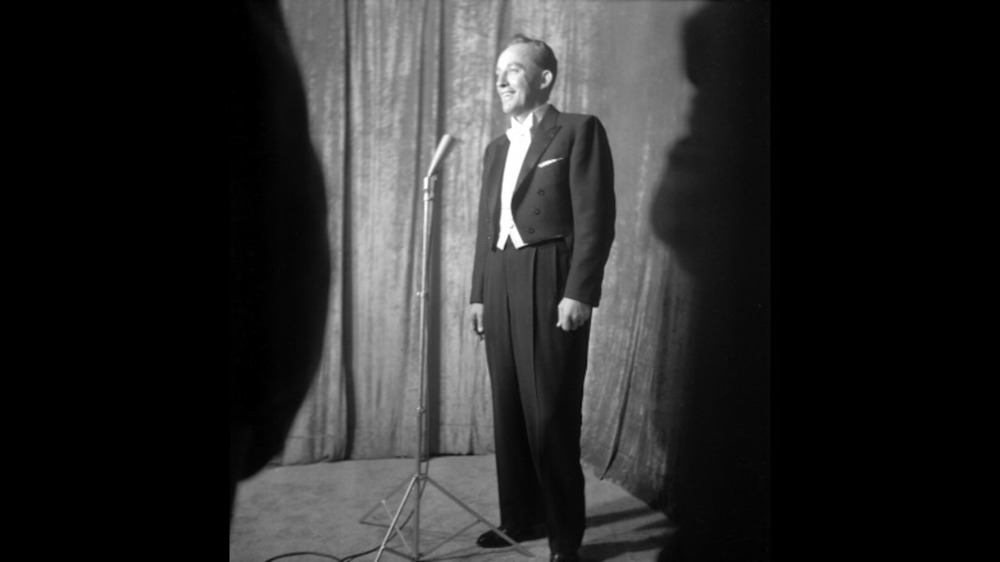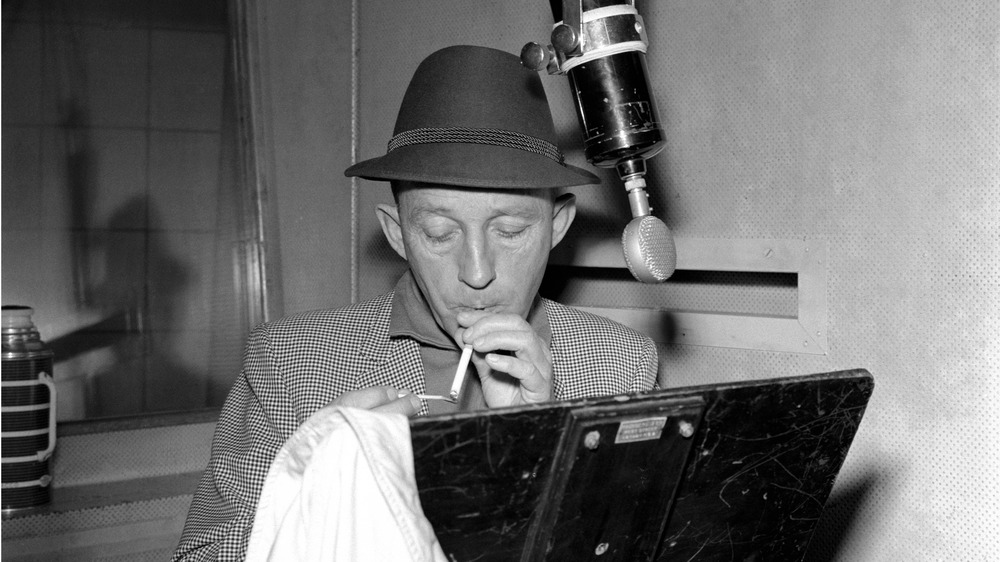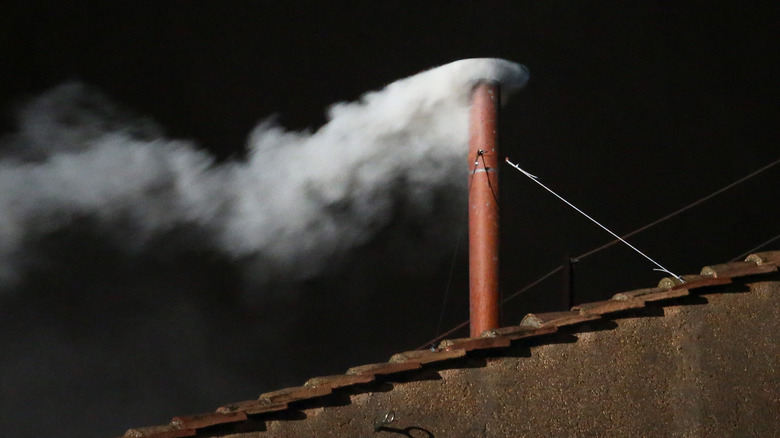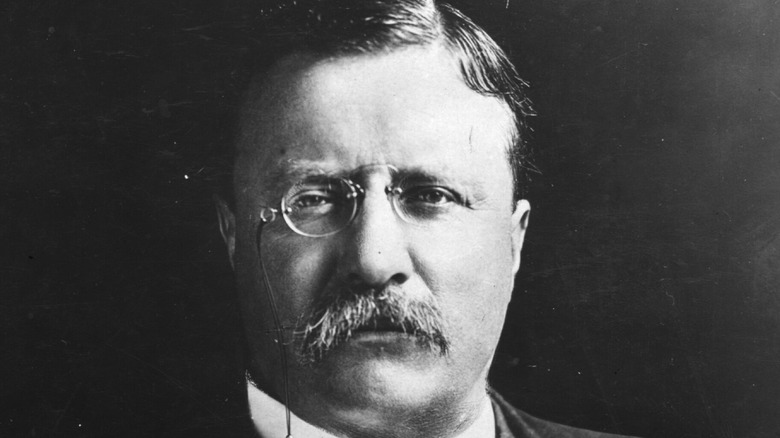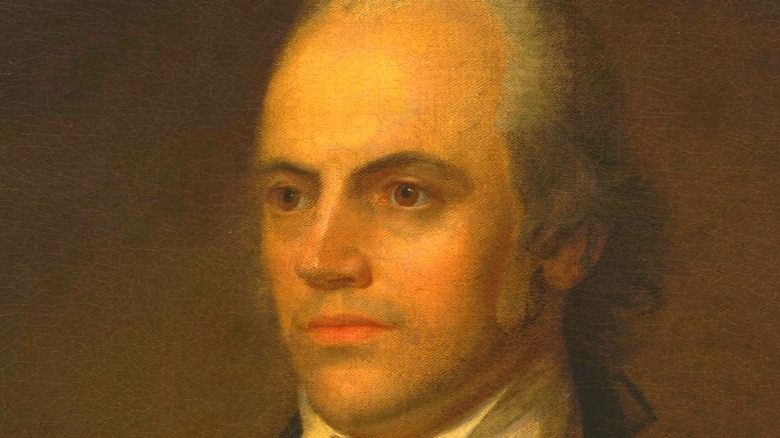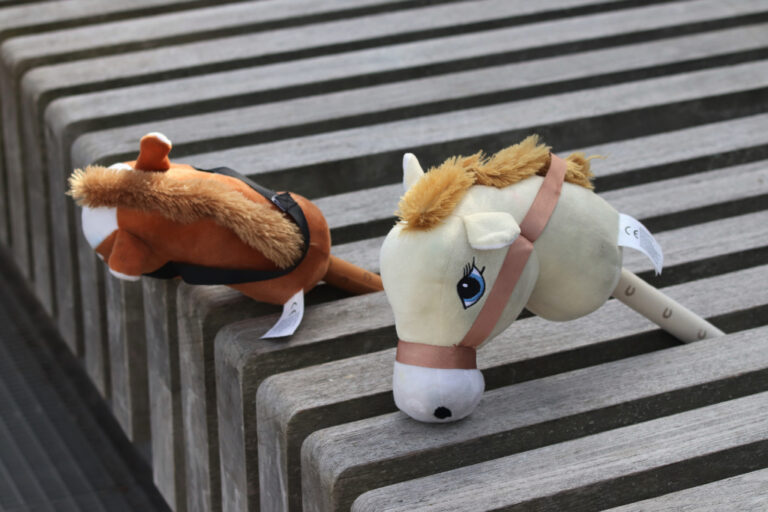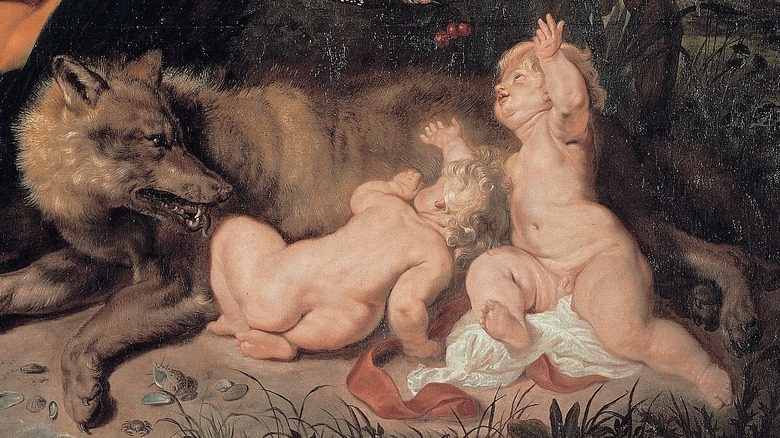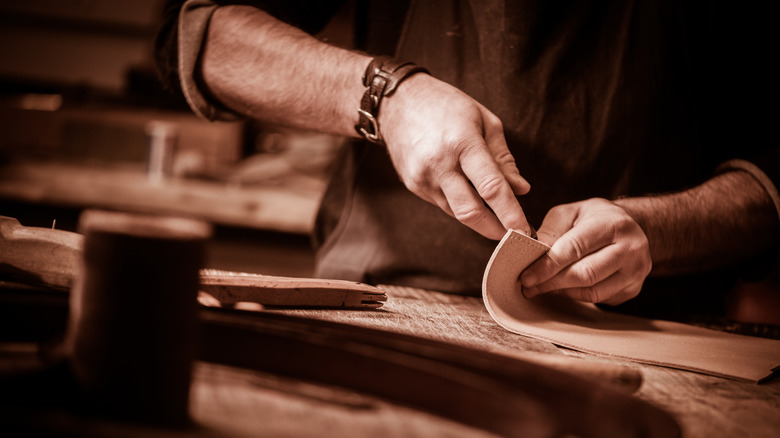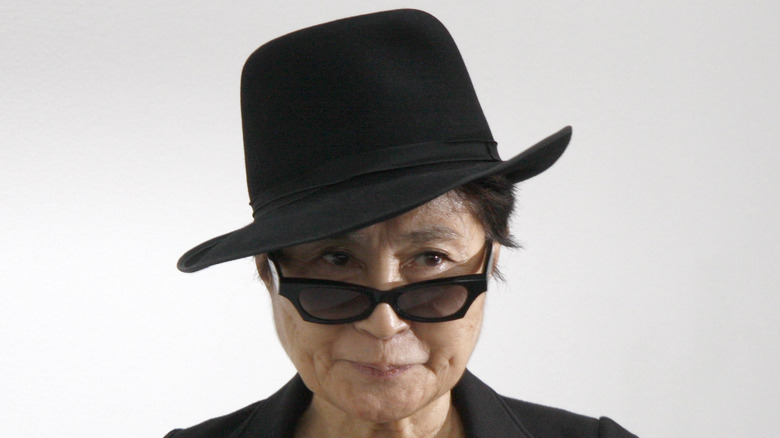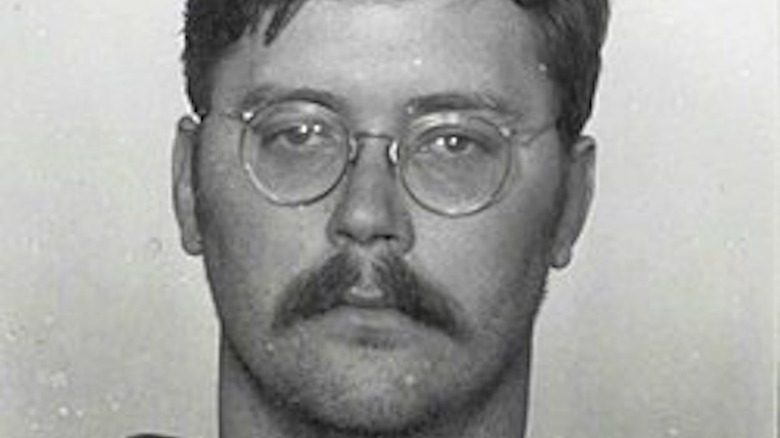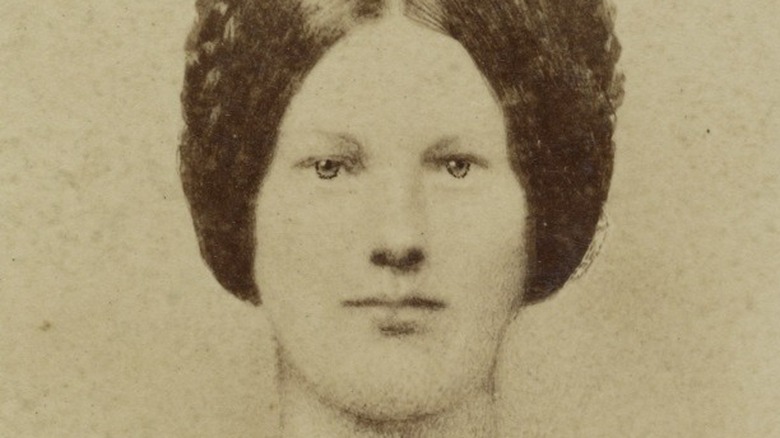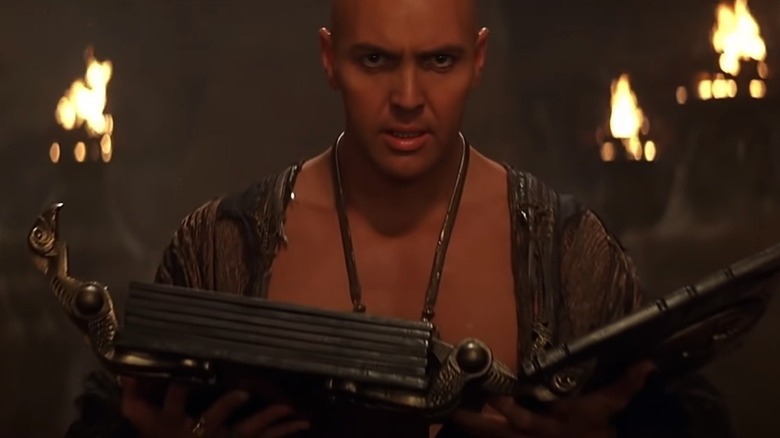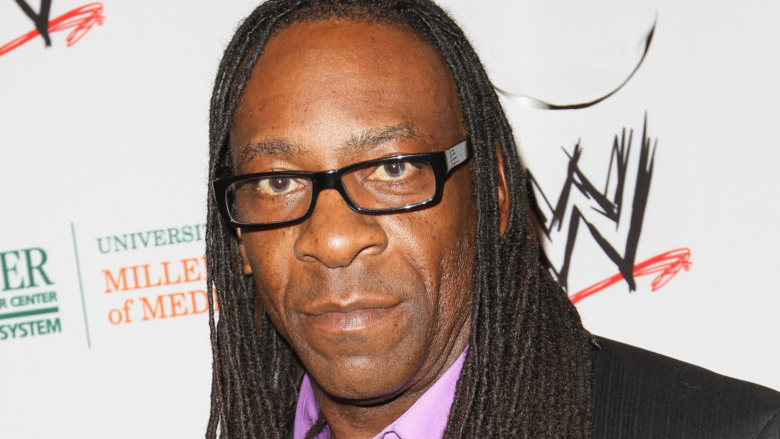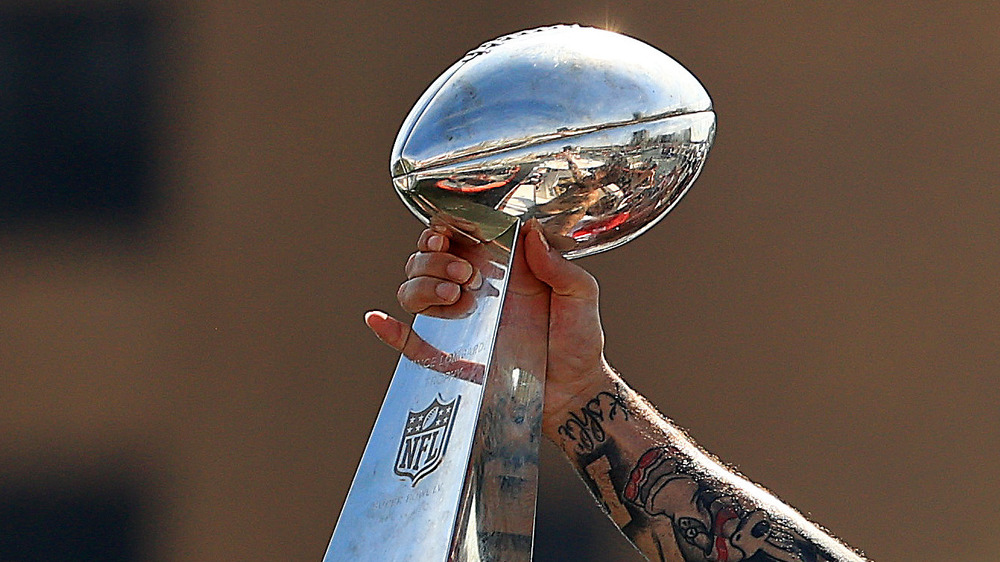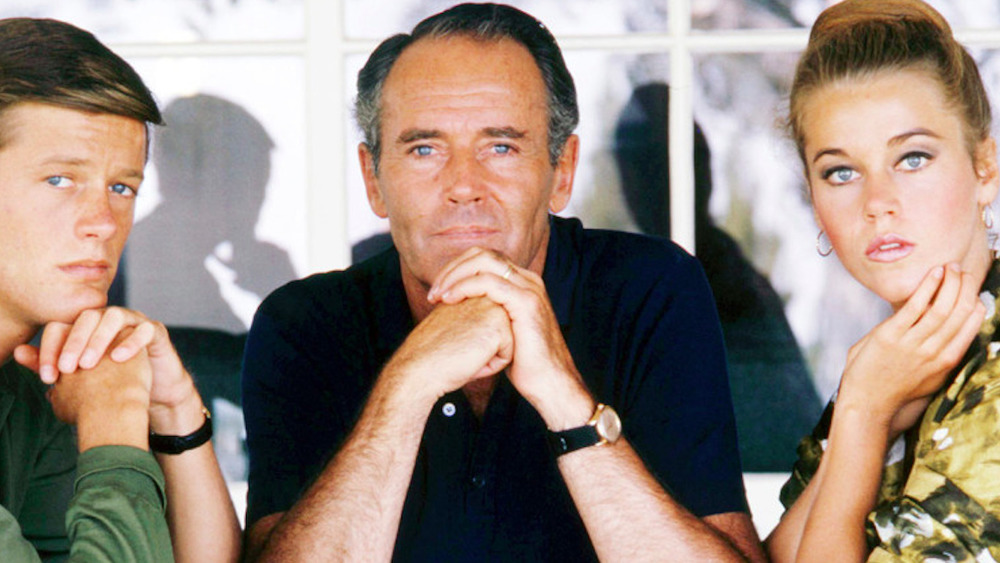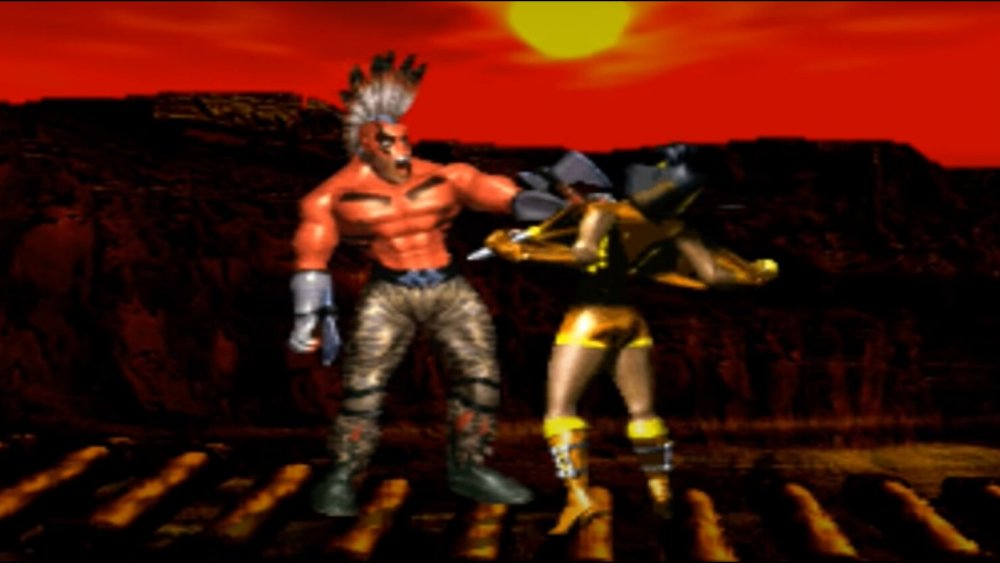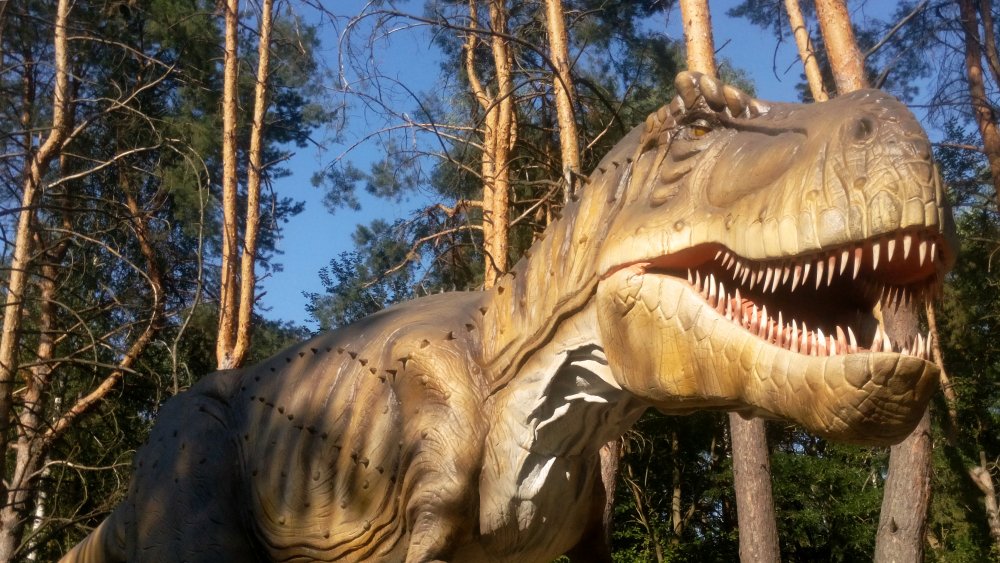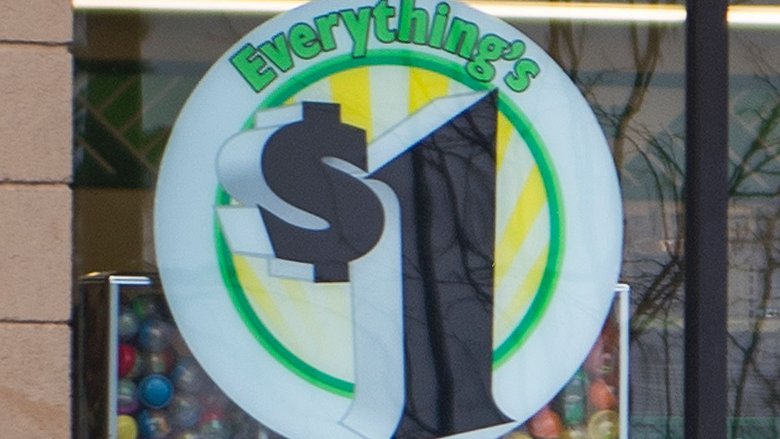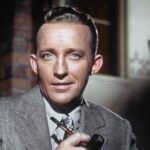
Bing Crosby Helped Create Silicon Valley. Here’s How
After World War II, American soldiers combed through defeated Nazi Germany‘s innovations and technologies, bringing any useful advances and inventions they could find back to the United States. While the United States made use of everything from night vision goggles to methamphetamine, there were few discoveries that had as far-reaching, long-lasting effects on the lives of everyday Americans as the magnetic tape recorder.
While investigating German electronics, American soldiers came across magnetic tape, an invention that the Nazis had used to distribute propaganda audio recordings across time zones, according to the The New Yorker, but engineers soon realized this technology had much more wide-reaching implications. It could be spliced, edited, and recorded over, but perhaps most importantly, it simply had a better sound quality than previous recordings, which were made on wax discs.
Former U.S. Army Signal Corps member Jack Mullin saw a great deal of potential in the Magnetophon, the German-developed magnetic tape recorder. In 1944, he brought the Magnetophon back with him to the San Francisco Bay Area, according to KQED, and set to work trying to stir up interest in Hollywood for his new machine.
Magnetic tapes completely revolutionized recorded sound quality
The idea of taped recordings was foreign to American radio, which had a long tradition of only airing live broadcasts, in large part due to the huge disparity in sound quality between the recorded and live versions. The world-famous singer and radio star Bing Crosby, however, was intrigued by the invention. He had never been one to shy away from technology, having embraced the then-innovative condenser microphones that ultimately helped cement his status as legendary crooner, and the revolutionary possibilities the Magnetophon presented appealed to him.
He was impressed by the unprecedented sound quality, but he was even more interested in the opportunity it provided him to perform his shows in a more relaxed setting. According to the Audiophile Man, Crosby disliked doing live broadcasts, finding them too demanding, and preferred to perform in relaxed settings that felt similar to his studio recording sessions. He had already been fighting with NBC producers on his show, who refused to allow him to pre-record his radio broadcasts.
Crosby invested $50,000 in Silicon Valley start-up Ampex
In 1946, after leaving NBC Radio’s Kraft Music Hall program because of the feud over live performances, Crosby launched the Philco Radio Hour on rival ABC. The new program was pre-recorded on wax discs. However, the sound quality left a lot to be desired, so when the San Carlos start-up Ampex Electric and Manufacturing Company approached Crosby to demonstrate what the Magnetophon could do, he handed over $50,000 to help them develop the technology. Crosby also immediately hired Mullin to be his chief engineer, and in the process made himself one of the first angel investors of Silicon Valley.
In 1948, using an Ampex Model 200 audio recorder, the first ever tape-delayed broadcast of The Bing Crosby Show aired on ABC, according to Ampex. Magnetic tapes went on to completely change the music business, popularizing the concept of pre-recording shows and leading to the development of other innovations like multi-track recording and commercial video recording.

Inside Godsmack's Feud With Motley Crue
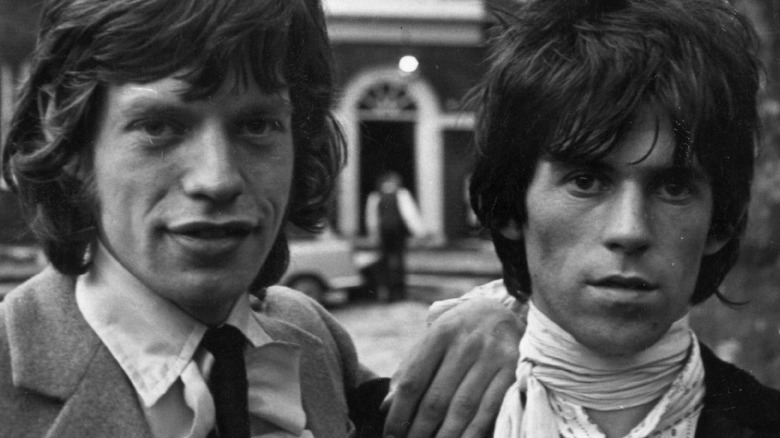
The Truth About Mick Jagger's Relationship With Keith Richards

The Devastating Death Of Slipknot Drummer Joey Jordison
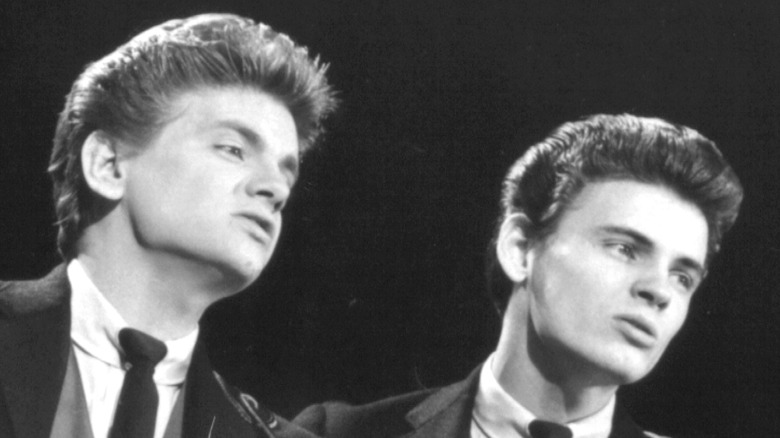
The Untold Truth Of The Everly Brothers
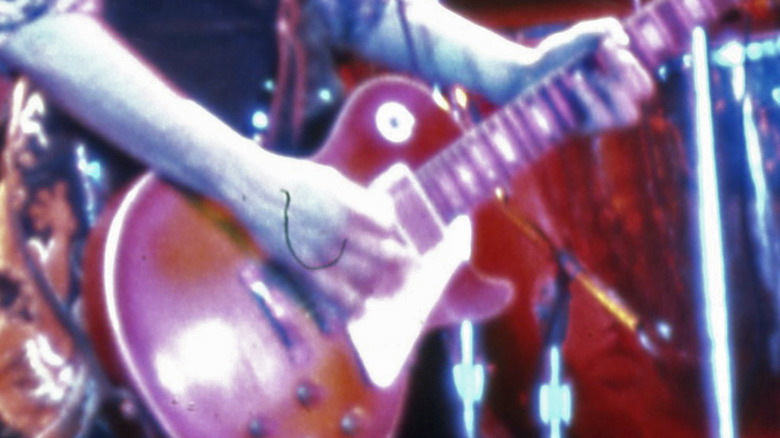
40% Of People Think This Band Desperately Needs A Reunion Tour

How Joan Jett Got Started In Music

Here's How You Can Watch Every Episode Of Fear Factor
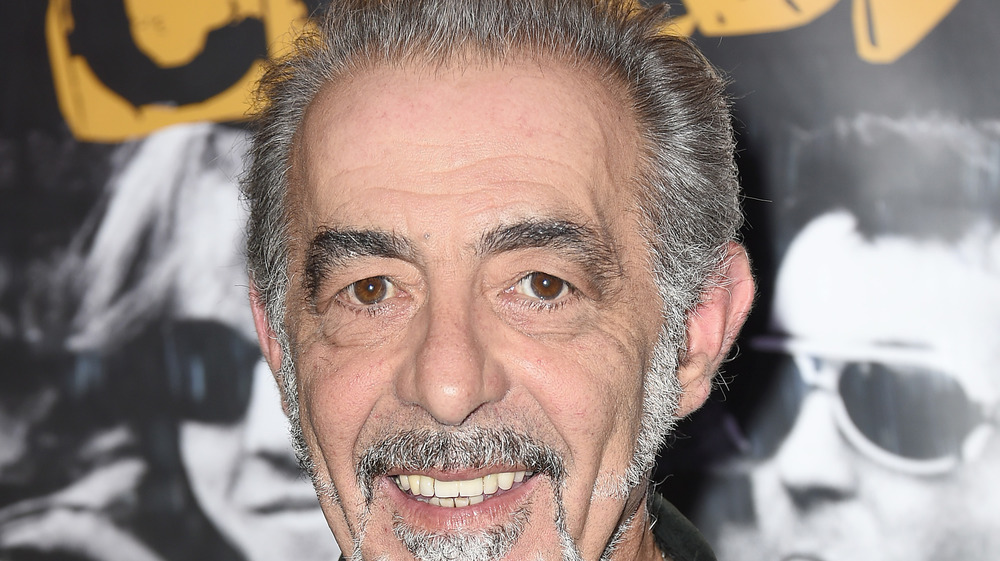
What Has Henry Padovani Been Doing Since Leaving The Police?

Details You Didn't Know About Bret Michaels

Where Is Chris Pitman From Guns N' Roses Today?
